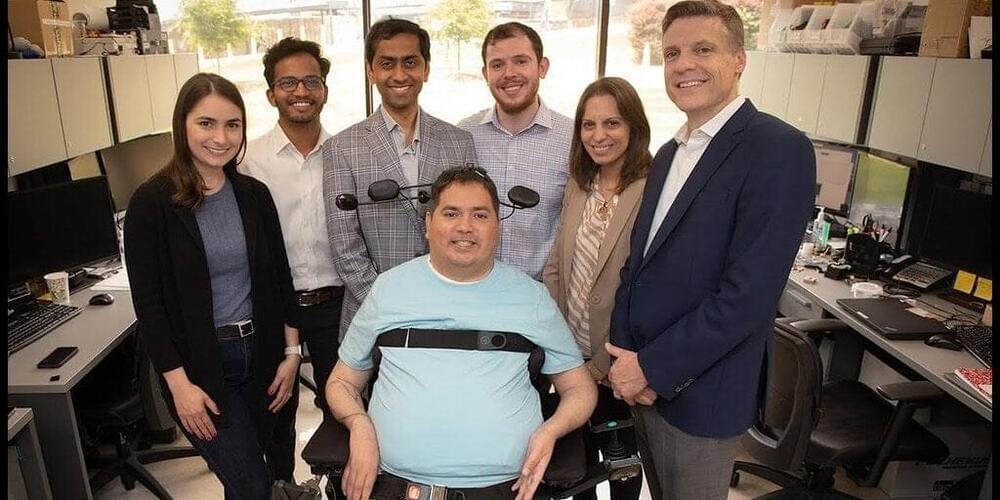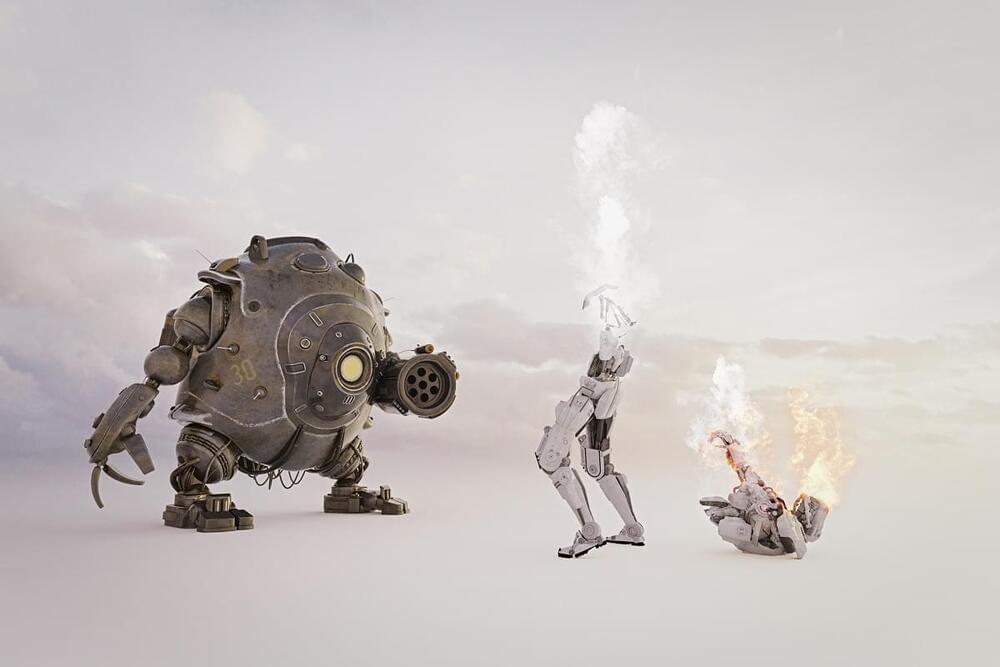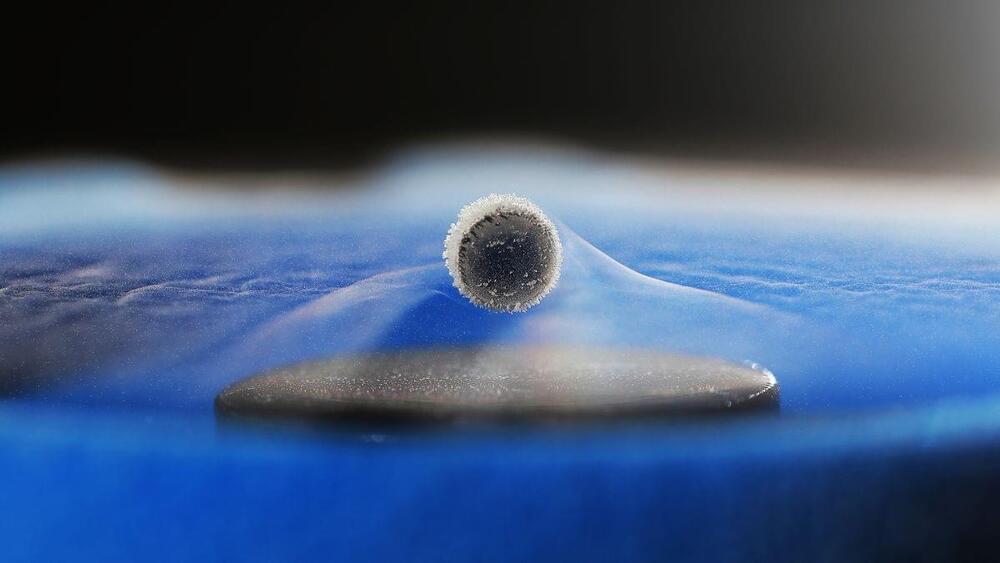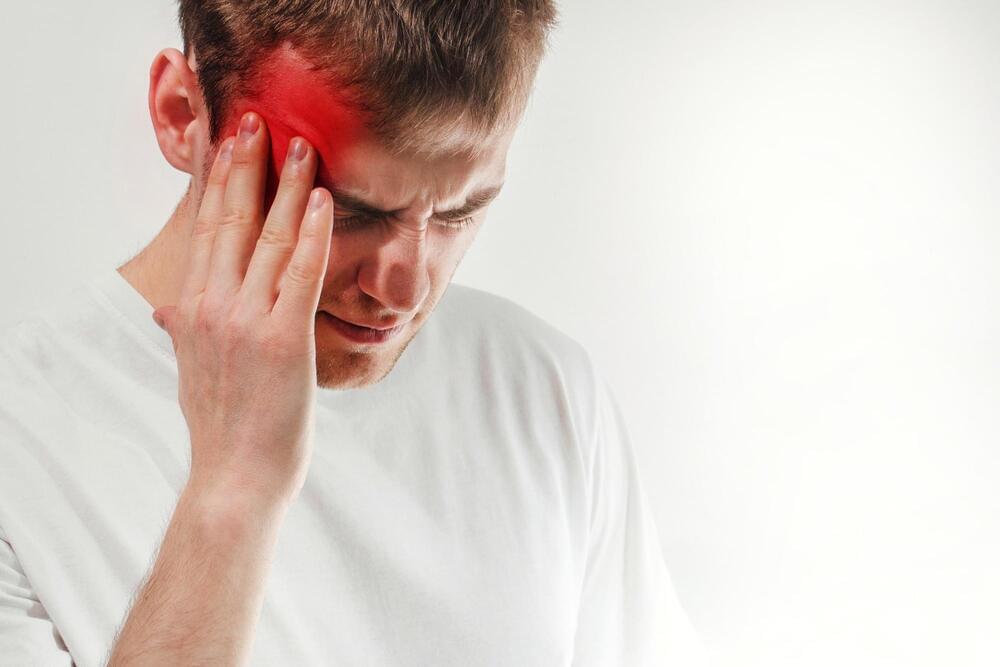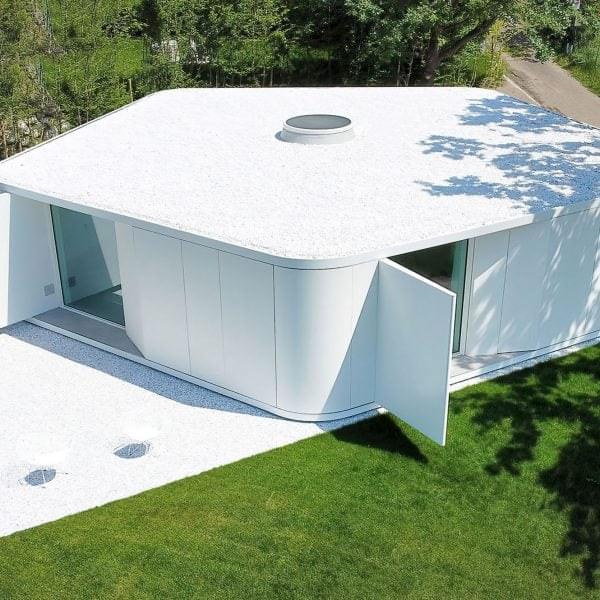In an astounding medical first, researchers have used AI-powered brain implants to restore movement and sensation for a man who was paralyzed from the chest down.
Keith Thomas, 45, became a quadriplegic after a tragic diving accident damaged his C4 and C5 vertebrae in 2020. But thanks to pioneering work by scientists at Northwell Health’s Feinstein Institutes, Thomas can now move his arm simply by thinking about it. Even more remarkably, he can feel the touch of a hand for the first time in three years.
Advanced technology made the impossible possible after a double neural bypass changed the life of a paralyzed patient.
